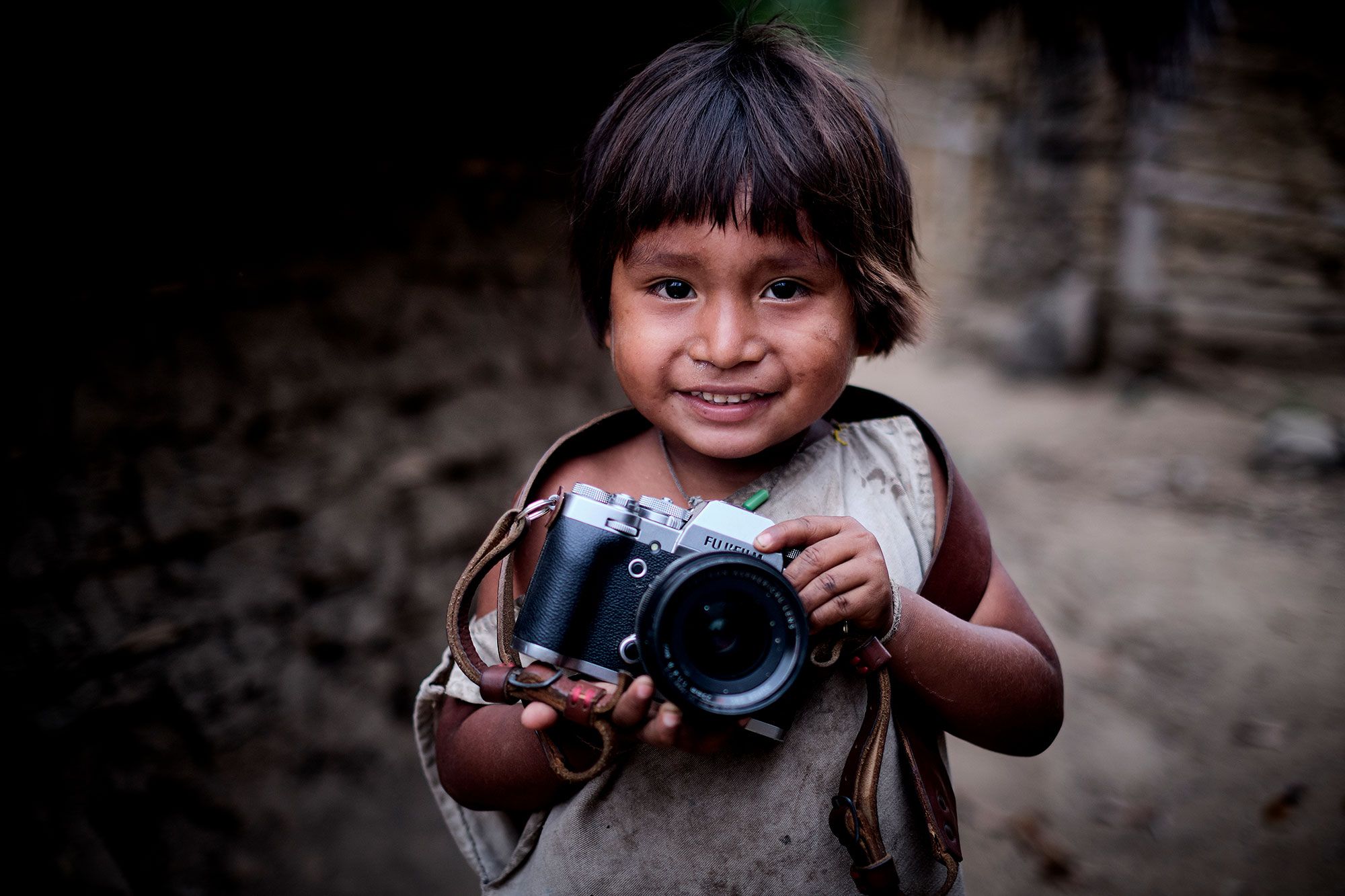
Photojournalism is a powerful form of storytelling that combines the art of photography with the urgency of news reporting. Ever wondered how those captivating images in newspapers and magazines come to be? Photojournalists travel the world, often putting themselves in challenging situations, to capture moments that inform, inspire, and sometimes even change the course of history. From war zones to natural disasters, from political rallies to everyday life, these visual storytellers bring us closer to the events shaping our world. But what does it take to be a photojournalist? What skills are essential? And how has technology transformed this field? Let's dive into 32 intriguing facts about photojournalism that will give you a deeper appreciation for this impactful profession.
What is Photojournalism?
Photojournalism blends photography with journalism. It captures moments that tell stories, often in news contexts. Here are some fascinating facts about this powerful medium.
-
Photojournalism began in the 19th century. Early photojournalists used bulky cameras and glass plates to document events.
-
The first photojournalist was Carol Szathmari. He covered the Crimean War in the 1850s.
-
Mathew Brady is famous for Civil War photos. His images brought the war's reality to the public.
-
The term "photojournalism" was coined in the 1920s. It became popular with the rise of illustrated magazines.
Tools of the Trade
Photojournalists rely on various tools to capture their images. Technology has evolved, but the essence remains the same.
-
Early cameras were large and cumbersome. Photographers had to carry heavy equipment to capture images.
-
Modern cameras are lightweight and digital. They allow for quick adjustments and instant review of shots.
-
Drones are now used in photojournalism. They provide unique aerial perspectives.
-
Smartphones have become a tool for photojournalists. They offer convenience and accessibility.
Iconic Photojournalism Moments
Certain moments in history have been immortalized through photojournalism. These images often become symbols of their time.
-
The Hindenburg disaster was captured in 1937. The image of the airship in flames is unforgettable.
-
Raising the Flag on Iwo Jima is iconic. This World War II photo symbolizes victory and sacrifice.
-
The "Tank Man" photo from Tiananmen Square. It represents resistance and courage.
-
The Falling Man from 9/11. This haunting image captures the tragedy of the event.
Famous Photojournalists
Some photojournalists have become legends due to their impactful work. Their images have shaped public perception and historical records.
-
Henri Cartier-Bresson is a pioneer. Known for capturing "the decisive moment."
-
Dorothea Lange documented the Great Depression. Her photo "Migrant Mother" is iconic.
-
Robert Capa covered five wars. His D-Day photos are particularly famous.
-
James Nachtwey is known for war photography. His work highlights human suffering and resilience.
Ethical Considerations
Photojournalism isn't just about capturing images. Ethical considerations play a crucial role in the profession.
-
Consent is essential. Photojournalists must respect the privacy of their subjects.
-
Editing should not alter the truth. Manipulating images can mislead the audience.
-
Context matters. Photos should be accompanied by accurate information.
-
Sensitivity is crucial. Especially when covering tragedies or sensitive topics.
Impact of Photojournalism
Photojournalism has a profound impact on society. It informs, educates, and sometimes even changes the course of history.
-
Photos can spark social change. Images from the Civil Rights Movement galvanized public support.
-
War photos bring distant conflicts home. They make the realities of war more tangible.
-
Environmental photojournalism raises awareness. Images of pollution and deforestation highlight urgent issues.
-
Humanitarian crises are spotlighted. Photos of refugees and disasters prompt global responses.
Challenges in Photojournalism
Photojournalists face numerous challenges in their line of work. These obstacles test their skills and resilience.
-
Physical danger is a constant threat. War zones and natural disasters pose significant risks.
-
Access can be restricted. Governments and organizations may limit where photojournalists can go.
-
Ethical dilemmas are frequent. Balancing the need to inform with respect for subjects is tricky.
-
Technological issues can arise. Equipment failure or data loss can jeopardize assignments.
The Future of Photojournalism
As technology and society evolve, so does photojournalism. The future holds exciting possibilities and new challenges.
-
AI is being integrated. Artificial intelligence can help with sorting and editing images.
-
Virtual reality offers immersive experiences. It allows viewers to step into the scenes captured by photojournalists.
-
Citizen journalism is on the rise. Ordinary people with smartphones contribute to news coverage.
-
Sustainability is becoming a focus. Photojournalists are increasingly aware of their environmental impact.
The Final Snapshot
Photojournalism isn't just about snapping pictures; it's about capturing moments that tell powerful stories. From documenting wars to highlighting social issues, photojournalists play a crucial role in shaping our understanding of the world. Their work requires not only technical skills but also a deep sense of empathy and courage. Whether it's the iconic images of historical events or the everyday lives of people, these photos have the power to inform, inspire, and provoke change. As technology evolves, so does the field, offering new tools and platforms for these visual storytellers. Yet, the core mission remains the same: to bear witness and share the truth. So next time you see a compelling photo in the news, remember the dedication and bravery behind that lens. Photojournalism continues to be a vital part of our media landscape, bridging the gap between events and the public.
Was this page helpful?
Our commitment to delivering trustworthy and engaging content is at the heart of what we do. Each fact on our site is contributed by real users like you, bringing a wealth of diverse insights and information. To ensure the highest standards of accuracy and reliability, our dedicated editors meticulously review each submission. This process guarantees that the facts we share are not only fascinating but also credible. Trust in our commitment to quality and authenticity as you explore and learn with us.
